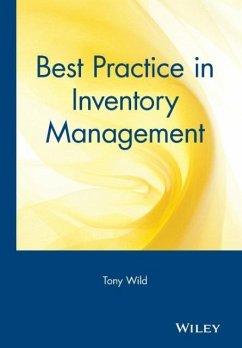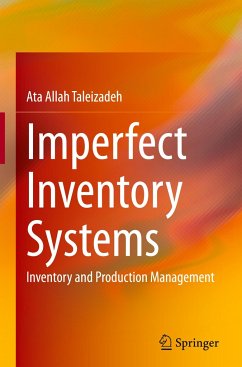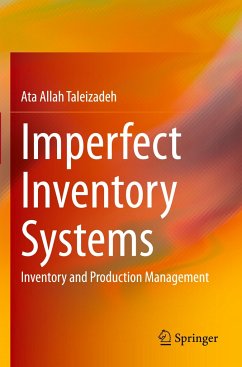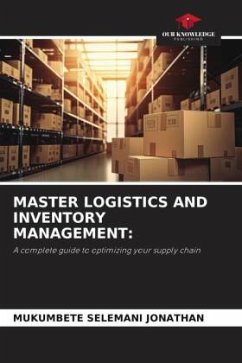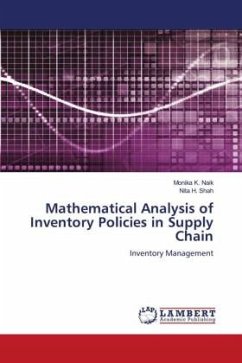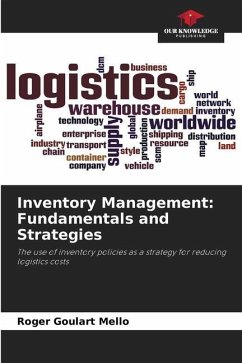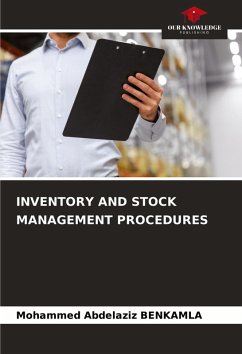
Best Practice in Inventory Management
Versandkostenfrei!
Versandfertig in 1-2 Wochen
168,99 €
inkl. MwSt.
Weitere Ausgaben:

PAYBACK Punkte
84 °P sammeln!
Best Practice in Inventory Management 3E offers a simple, entirely jargon-free and yet comprehensive introduction to key aspects of inventory management. Business is about good supply to customers while keeping costs low. Inventory is the fluid that enables this to happen. Managing this effectively is the key to success.




